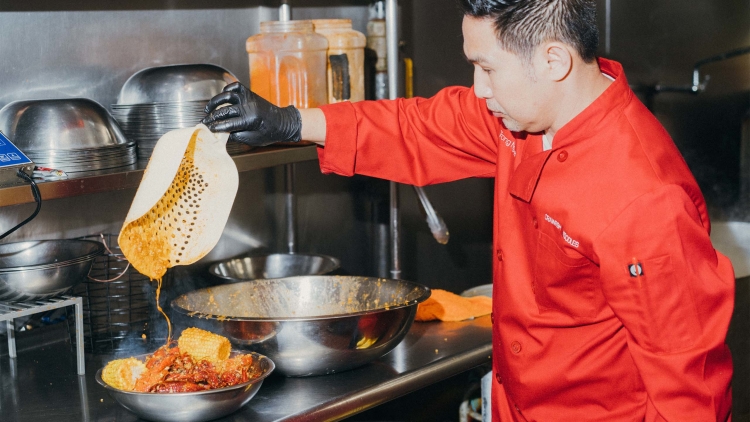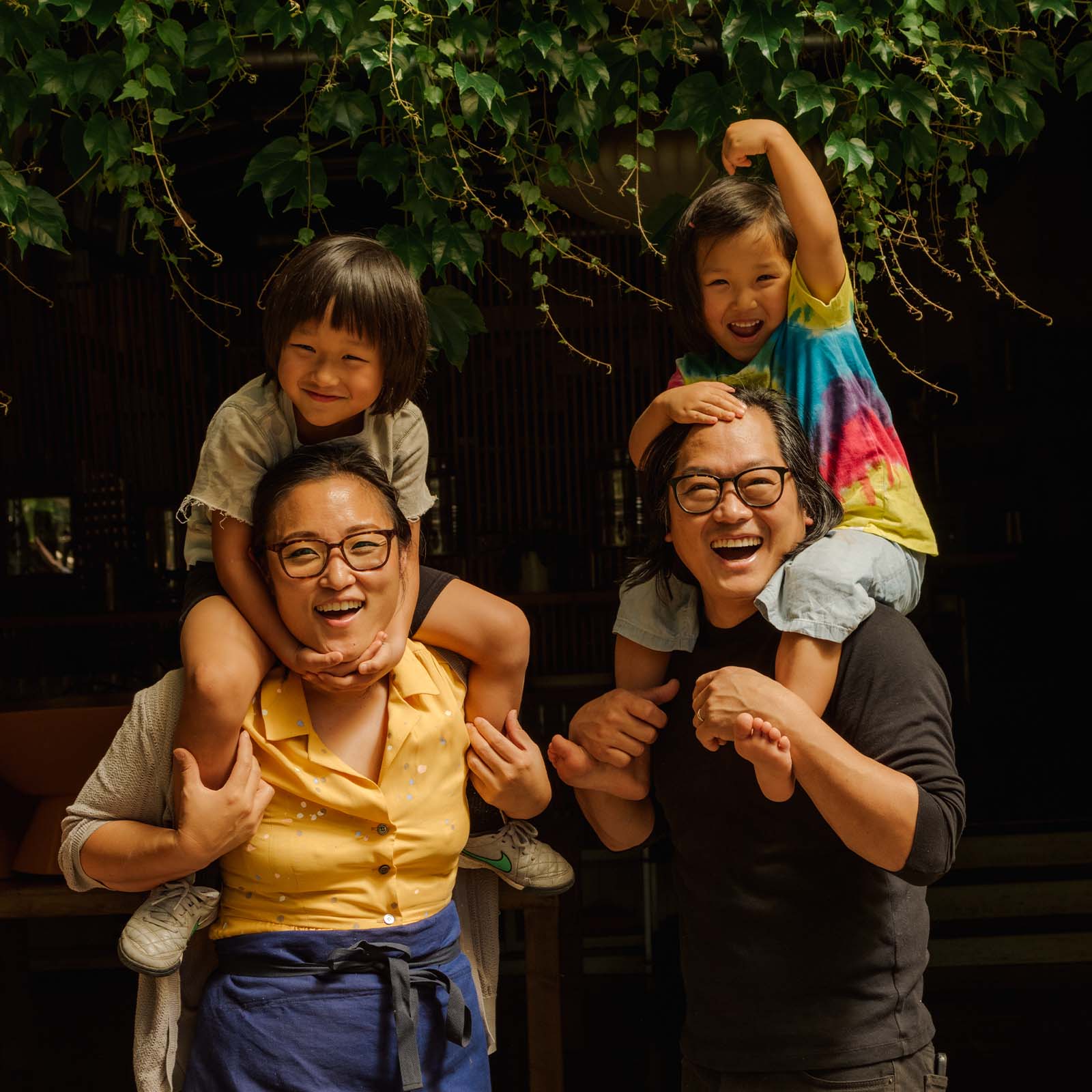
In the world of gastronomy, no word divides opinion quite like ‘fusion’. It was all the rage in the eighties thanks to chefs like Wolfgang Puck, who combined ingredients from different cultures into extravagant plates. The backlash to the movement argued that this jumbled ‘con-fusion’ was culturally reductive – prioritizing the merging of flavors for extortionate profits, over respect for each unique culture from which ingredients were taken.
But ‘fusion’ pioneered by others – like Kiwi chef Peter Gordon at his London restaurant The Providores – took a more discerning approach. He emphasized that cross-cultural elements should only be combined if the end results were unquestionably good – and, even then, only if the heritage of each ingredient was revered with considered appreciation.
In today's globalized age, the term ‘fusion’ remains as politically loaded as ever – although, historically, foods of the world have been intermingling between cultures for as long as people have migrated across borders. Sometimes these uprootings happened through choice, but more often through colonial force. Yet the resilience of the global diasporas that endured lives on – through the spectrum of hybrid cuisines that emerged from their migrations.
Many have now become established as distinct cuisines in their own right – and are today being joyfully remixed by a new generation of third-culture chefs who are taking their ancestral culinary inheritance into their own hands.
1. Peruvian-Japanese Nikkei
In the context of food, ‘Nikkei’ refers to Japanese cuisine that's been blended with Peruvian, Brazilian or Hawaiian influences. Peru was the first South American country to establish relations with Japan in the late 1800s, with immigrants arriving shortly after to take up jobs on plantations. Those who stayed established their own communities and hybrid culinary style – Japanese recipes using Peruvian ingredients. Flavors like wasabi, yuzu and miso are skilfully intertwined with Peruvian aji amarillo, purple corn, granadilla and jalapeños. When combined, these elements have given the world archetypal Nikkei dishes like ceviche in tiger's milk, Nikkei robata BBQ and tiradito sashimi.
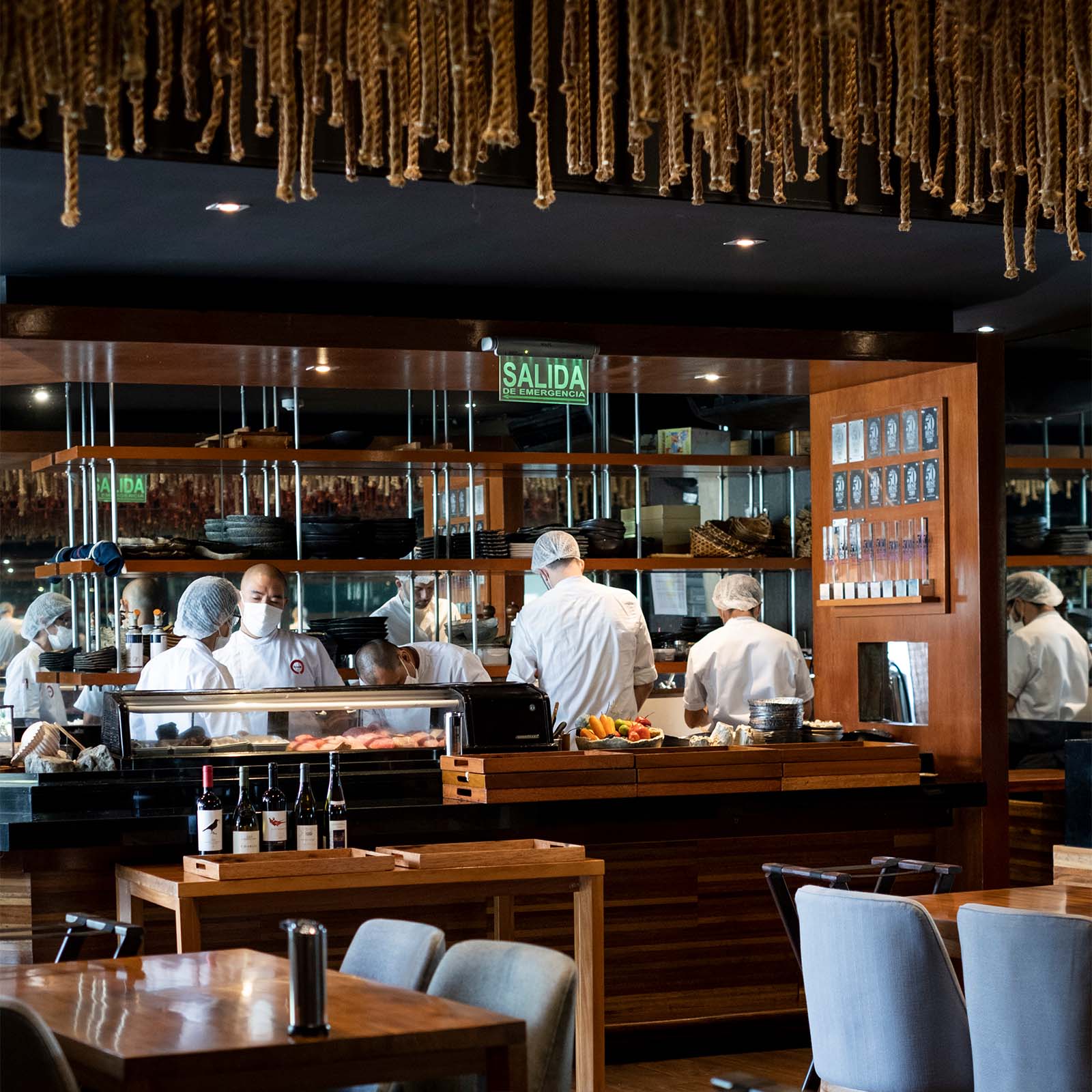
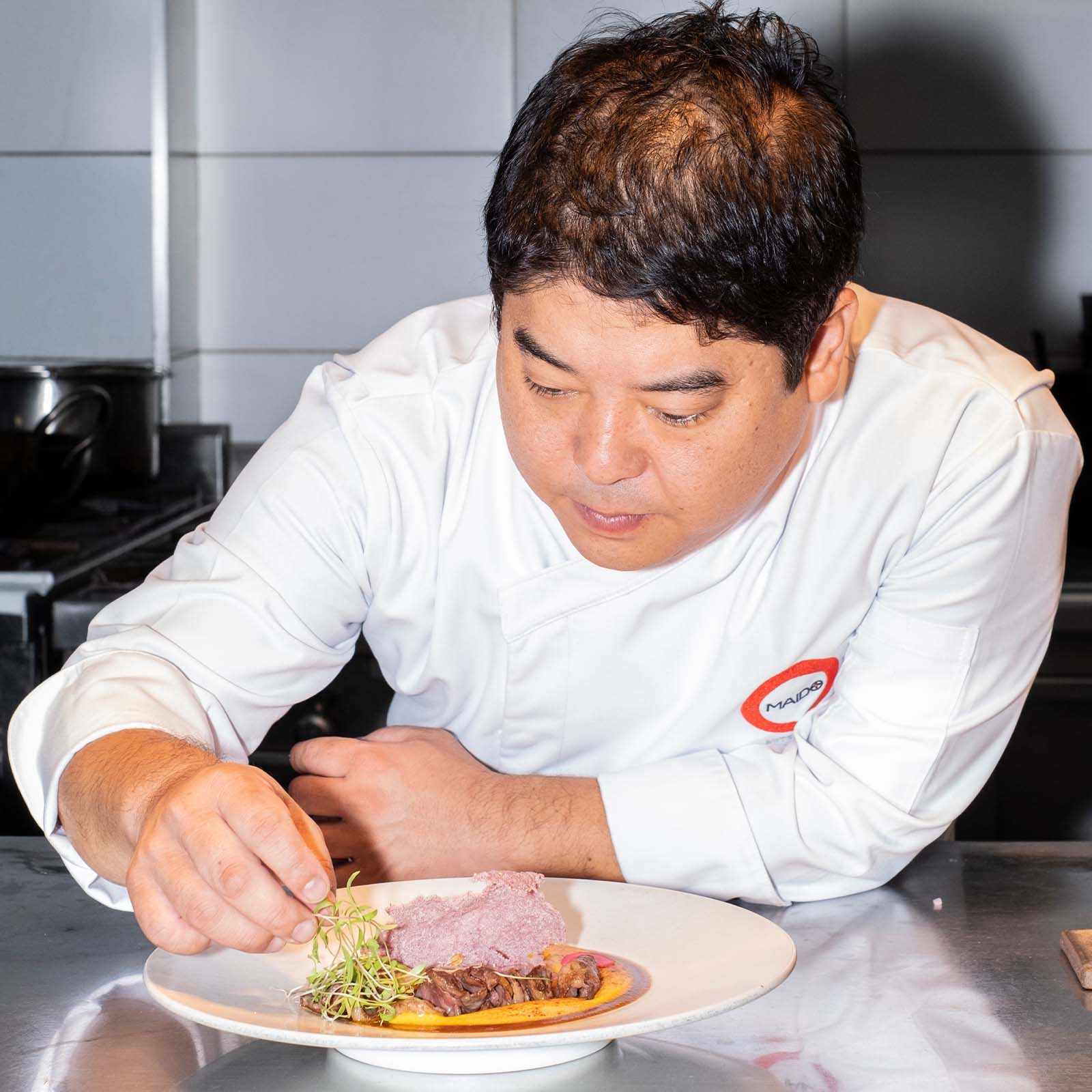
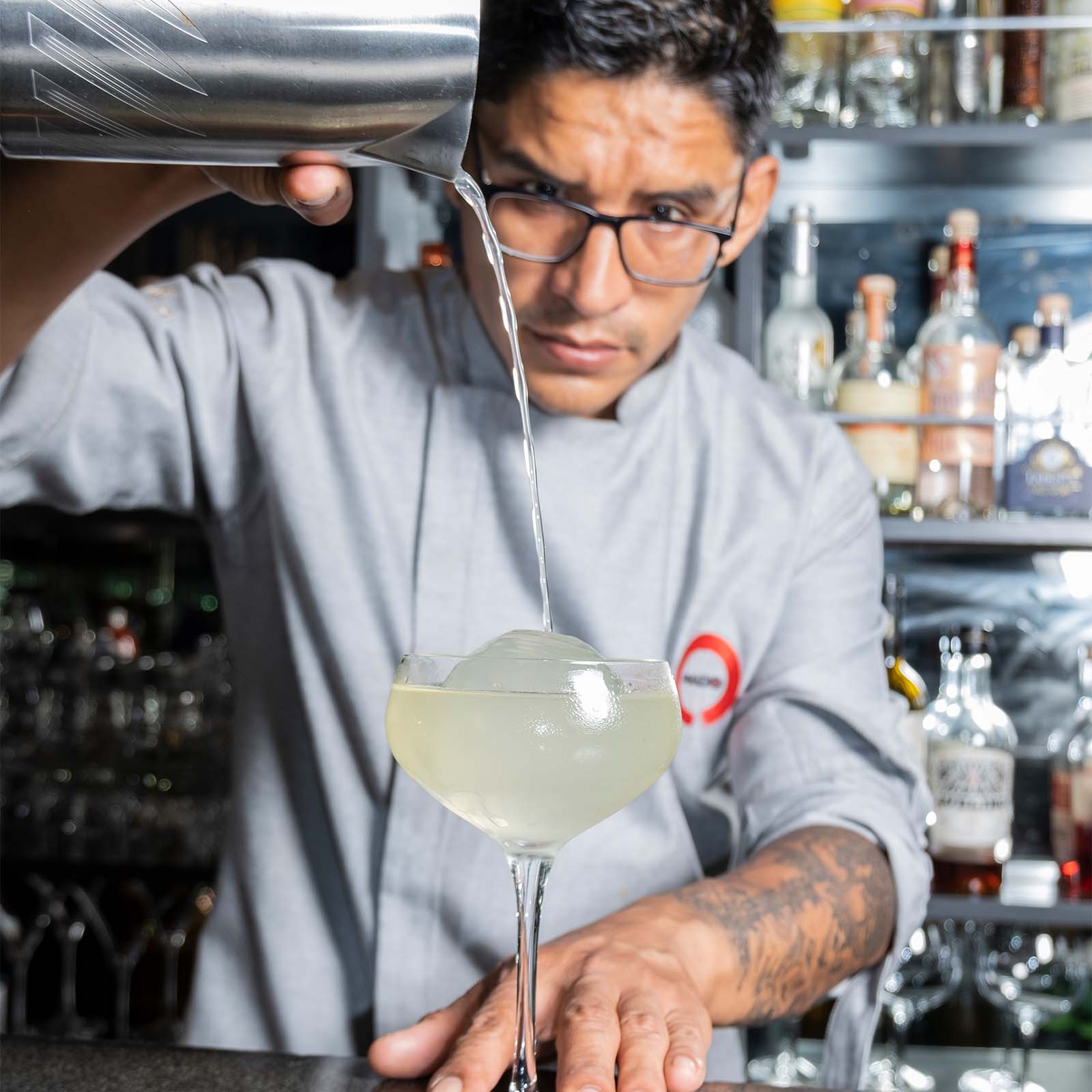
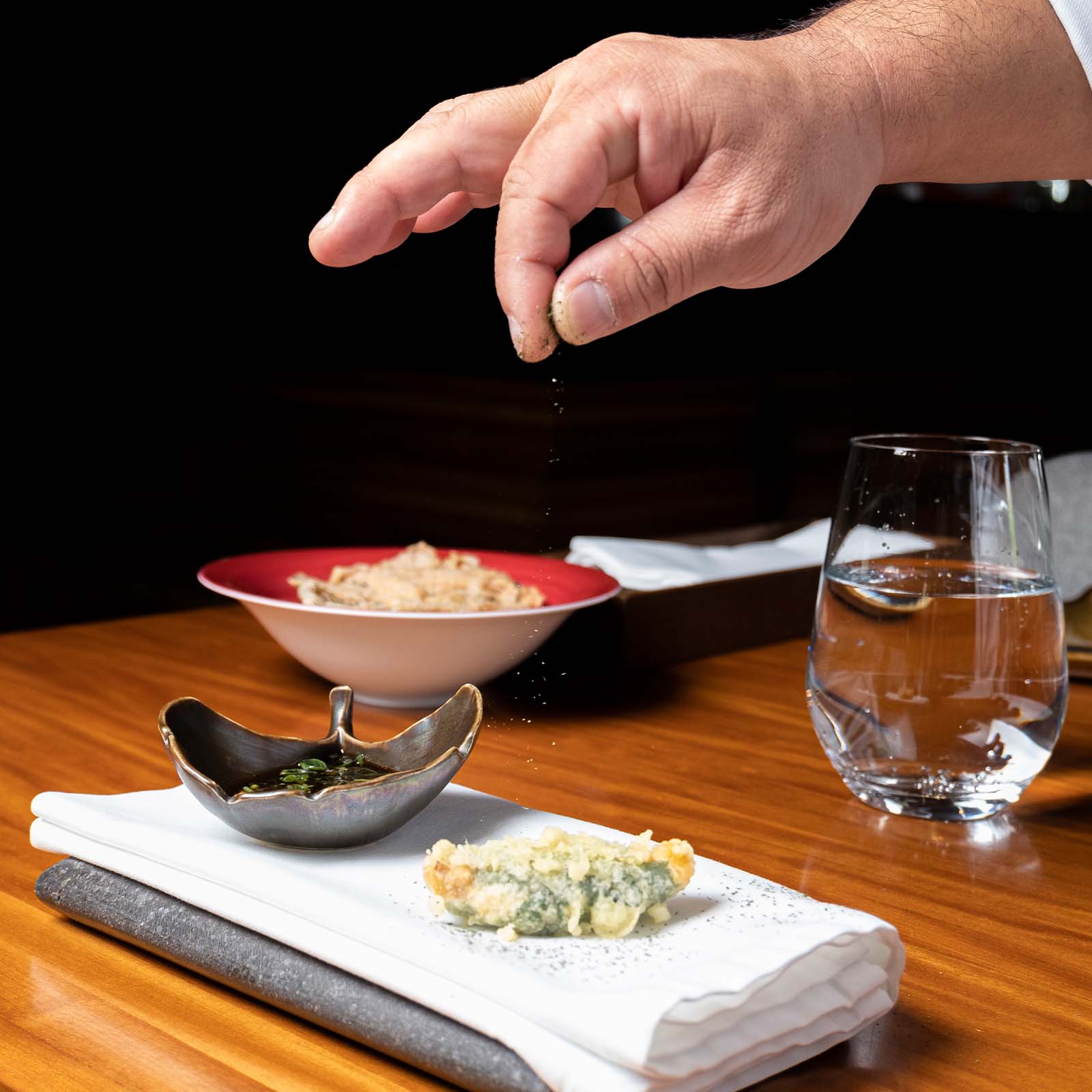
• Luiz Hara's Nikkei Supper Club, London, UK
Brazilian-born former banker and Le Cordon Bleu-trained chef Luiz Hara is a pioneer of Nikkei cuisine in London, having grown up in a Japanese household in São Paulo. His popular supper clubs serve up a tasting menu of creative Nikkei dishes to curious diners at his home in Islington.
• Maido by Mitsuharu, Lima, Peru
Lima-born chef Mitsuharu Tsumura is behind this ‘World's 50 Best’ restaurant that celebrates the joining together of Peruvian and Japanese cuisine. Signature dishes include Paracas scallops with green butter beans and miso, beef cheek with tsukemono and jora corn, and lucuma ice cream with soy and macambo foam.
2. Indo-Chinese
The origin of intercultural Indian and Chinese cuisine dates back to the 1800s when Hakka Chinese immigrants began to arrive in Kolkata. The eateries they first opened served the Chinese community, but locals became curious. Enterprising Chinese restaurateurs began to adapt their food to make it even more appealing to Indians – adding masala spices to pungent sauces and blending Chinese seasonings into Indian dishes. Today, Indo-Chinese cuisine is hugely popular in cities like Mumbai and Delhi, where locals are fanatical for heady dishes that combine Indian masalas with Szechuan pepper and soy.
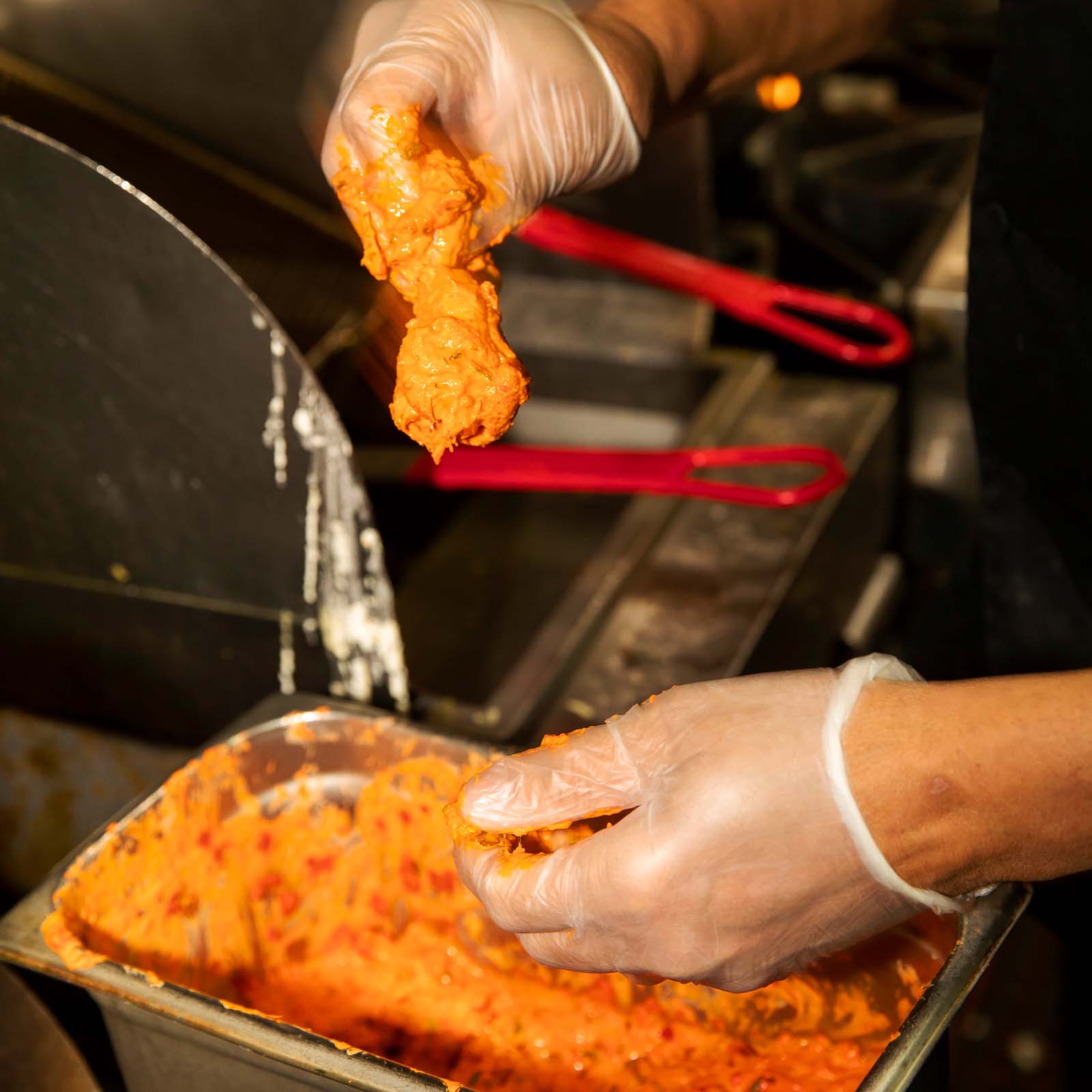
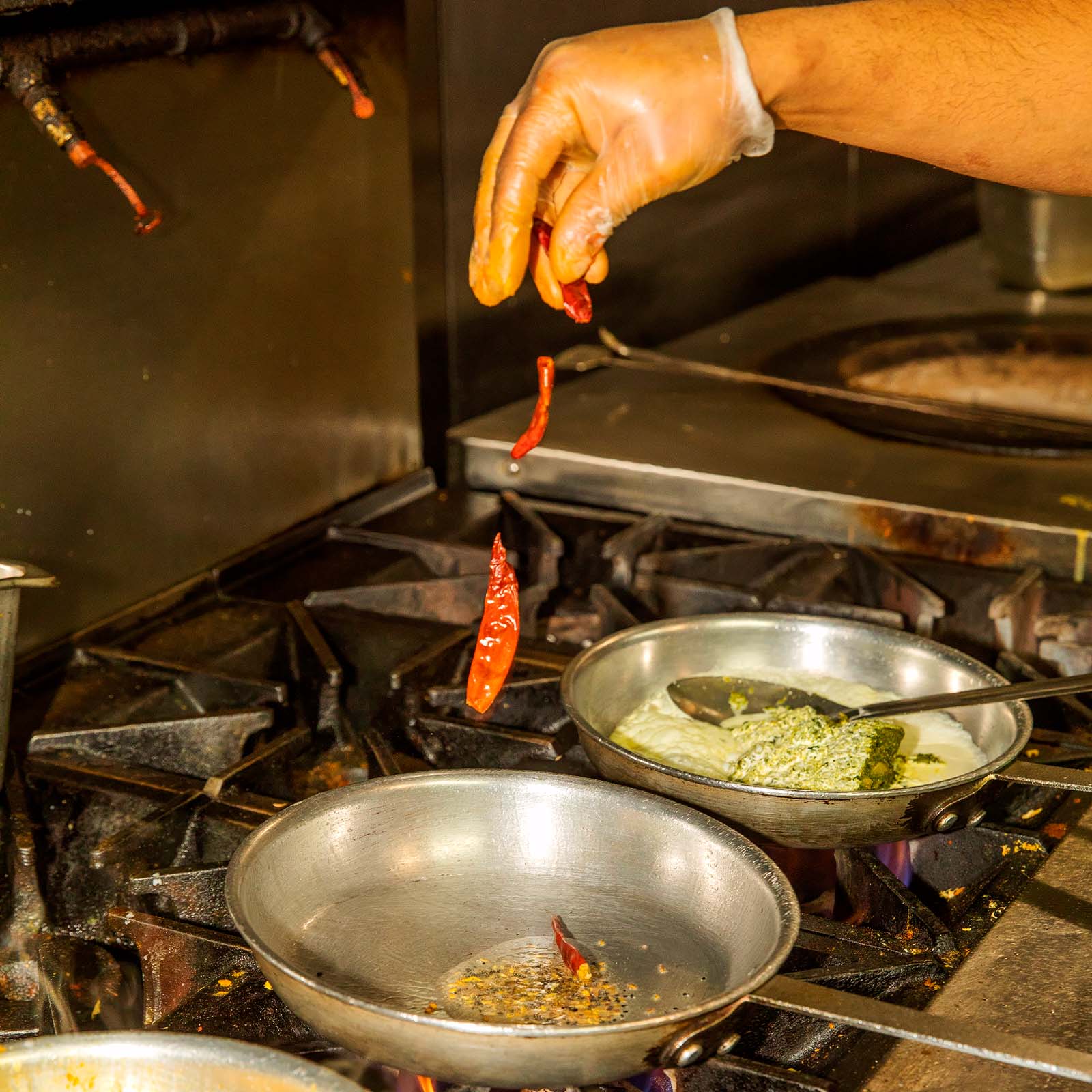
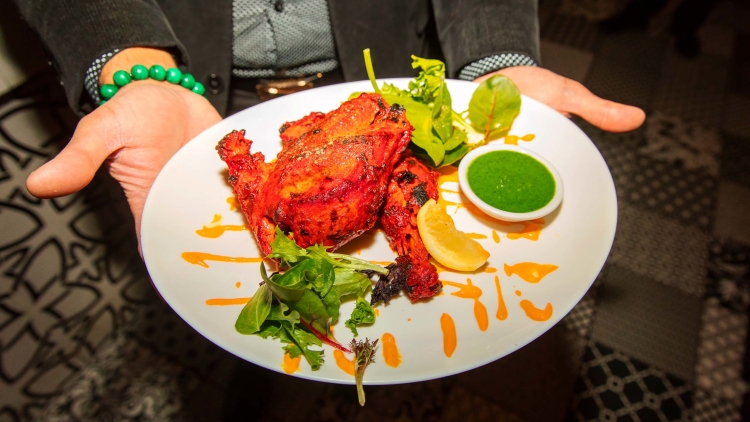
• Golden Joy, Kolkata, India
This restaurant in the Tangra region of Kolkata is located in the heart of the Hakka Chinese community. It serves a mix of both ‘authentic’ Chinese and hybrid Indian-Chinese dishes including the likes of desi Hakka chicken, shrimp pakoras and manchow soup.
• Spice Symphony, New York, US
This Manhattan restaurant with two locations across the city celebrates the culinary intertwining of Indian and Chinese flavors through dishes like paneer Szechuan, gobi Manchurian with tangy onion and soy, and a Chinese take on the Indian snack bhel using crispy deep-fried noodles.
3. Viet-Cajun
After the war in Vietnam ended in 1975, Vietnamese refugees were invited to build new lives along the Gulf Coast of the US, where they went on to create thriving communities in cities like New Orleans. In time, the Vietnamese began to add their own creative third-culture flair to local seafood specialties – particularly dishes like Cajun gumbo and po' boy oyster sandwiches. But it's the Viet-Cajun take on Louisiana crawfish boil that has set international taste buds alight – remixing traditional Cajun recipes with aromatic south-east Asian ingredients like lemongrass, ginger and lime leaves.
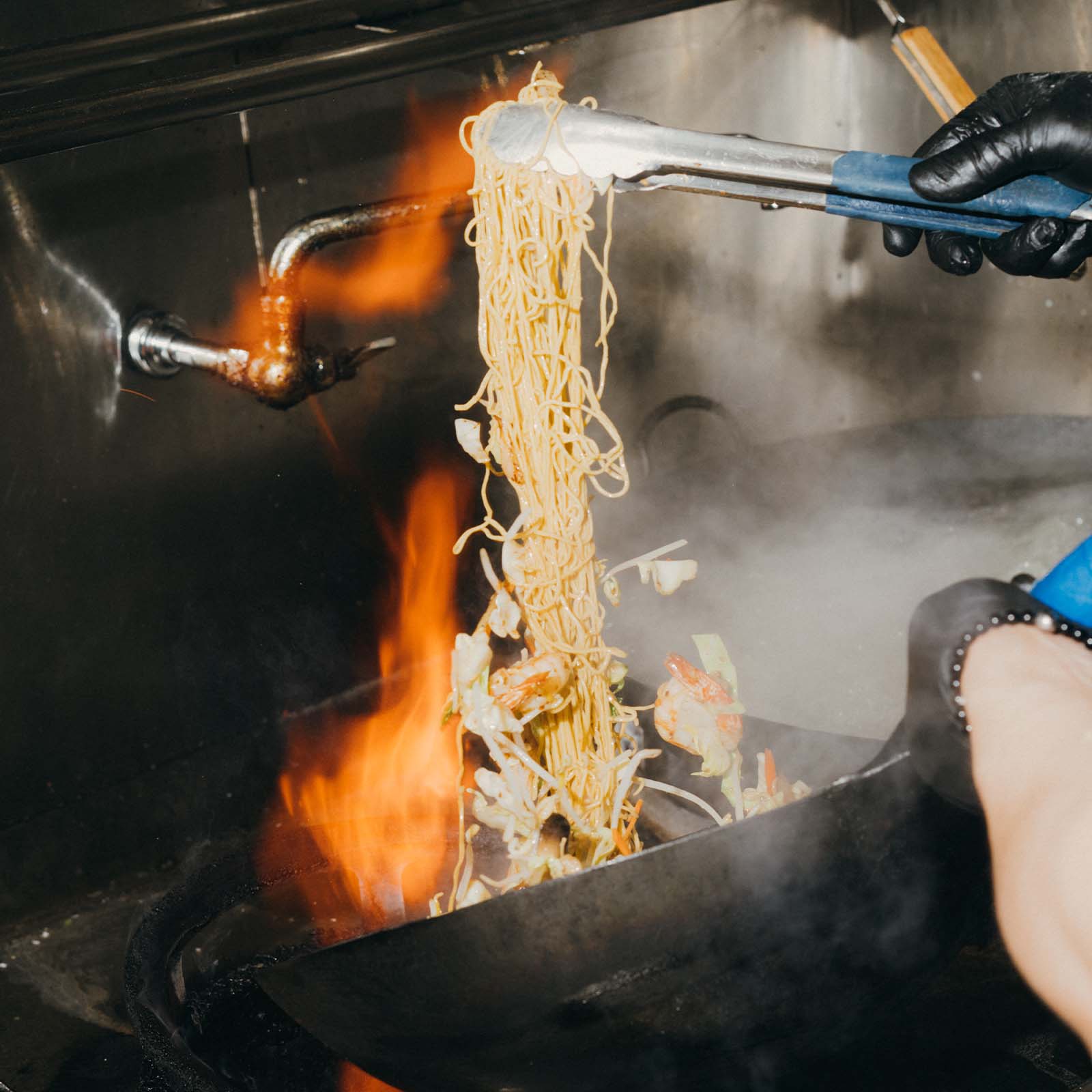
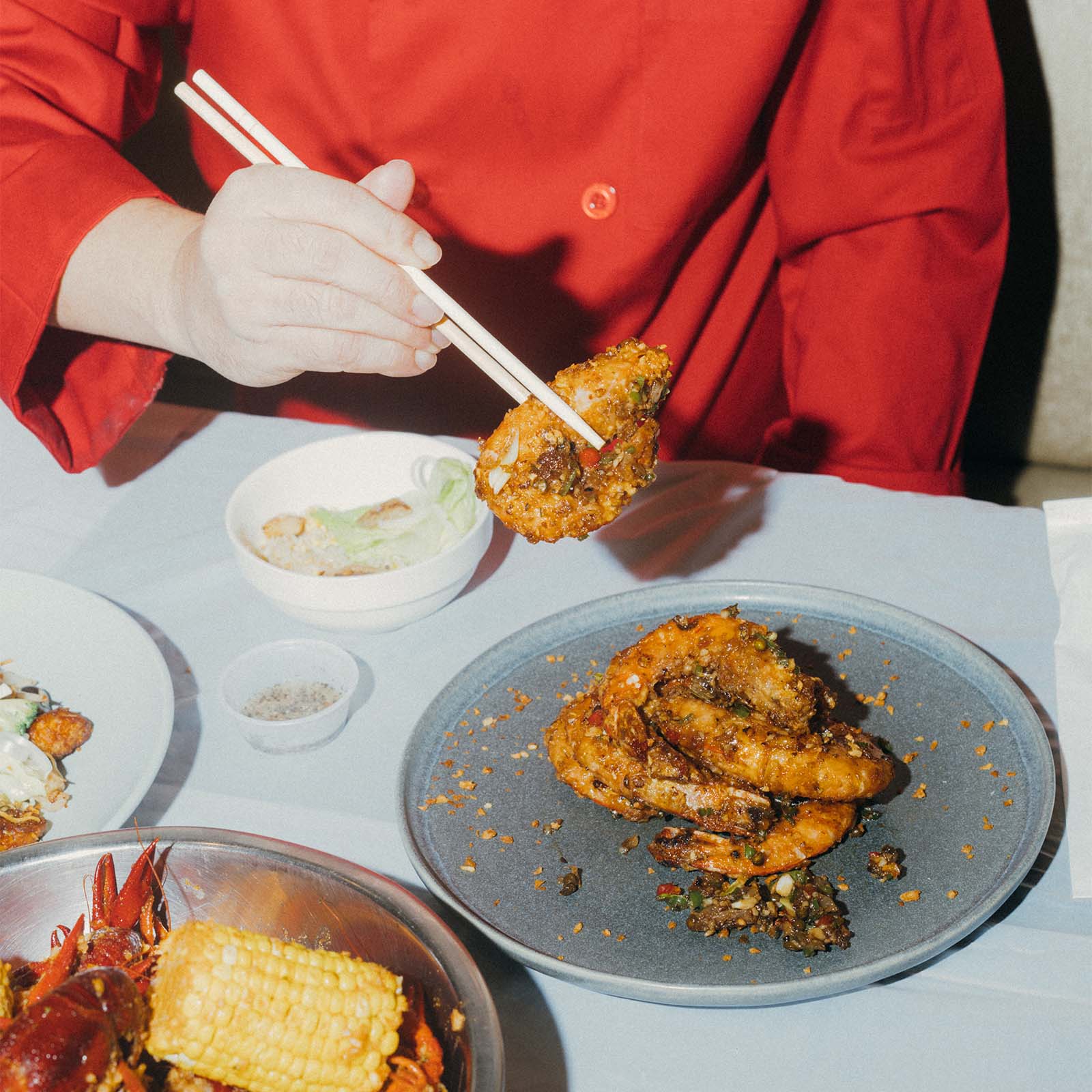

• Câu Ba Quán, Ho Chi Minh City, Vietnam
Chef Nikki Tran grew up in Ho Chi Minh City and worked in Houston before setting up her restaurant offering a taste of ‘Viejun’ cuisine to diners in Vietnam. Chargrilled fish seasoned with Cajun salts is the main attraction, with other specialties including sour-leaf pineapple salad and cinnamon crab.
• Crawfish & Noodles, Houston, US
James Beard Award-nominated chef Trong Nguyen grew up in Vietnam and makes it his mission to unite people through food. The special spice blend in his Viet-Cajun crawfish includes lemongrass, ginger, garlic and cayenne, with another highlight of his menu including Asian honey garlic wings.
4. Cape-Malay
Within the Cape-Malay hyphenation, ‘Cape’ intuitively refers to the Western Cape of South Africa, while ‘Malay’ represents former slaves of Indonesian, east-African and Malaysian descent exiled to Cape Town by the Dutch East India Company 300 years ago. The Bo-Kaap area of the city is the beating heart of the Cape-Malay community today, where descendants proudly preserve their unique blend of cultures through food. It's a bold, flavor-rich cuisine, rooted in Islamic ideology and characterized by the contrast of spicy, sweet and sour flavors. Ingredients like cardamom, cumin, cloves, tamarind and apricots distinguish the cuisine; combining into celebrated dishes like salted seafood with sambals, sweetly sour curries with paprika, stuffed roti flatbreads and biryanis with spiced meat.
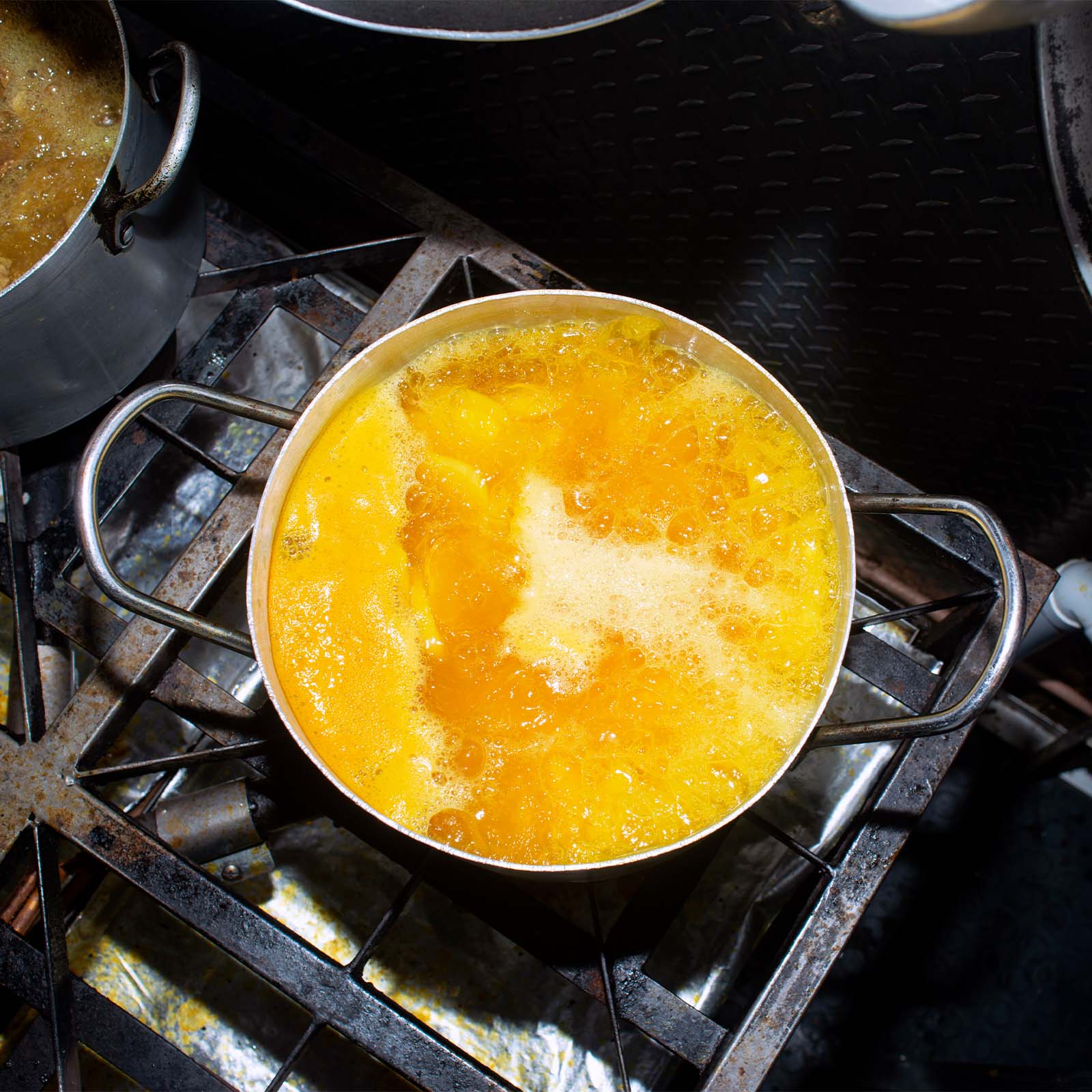
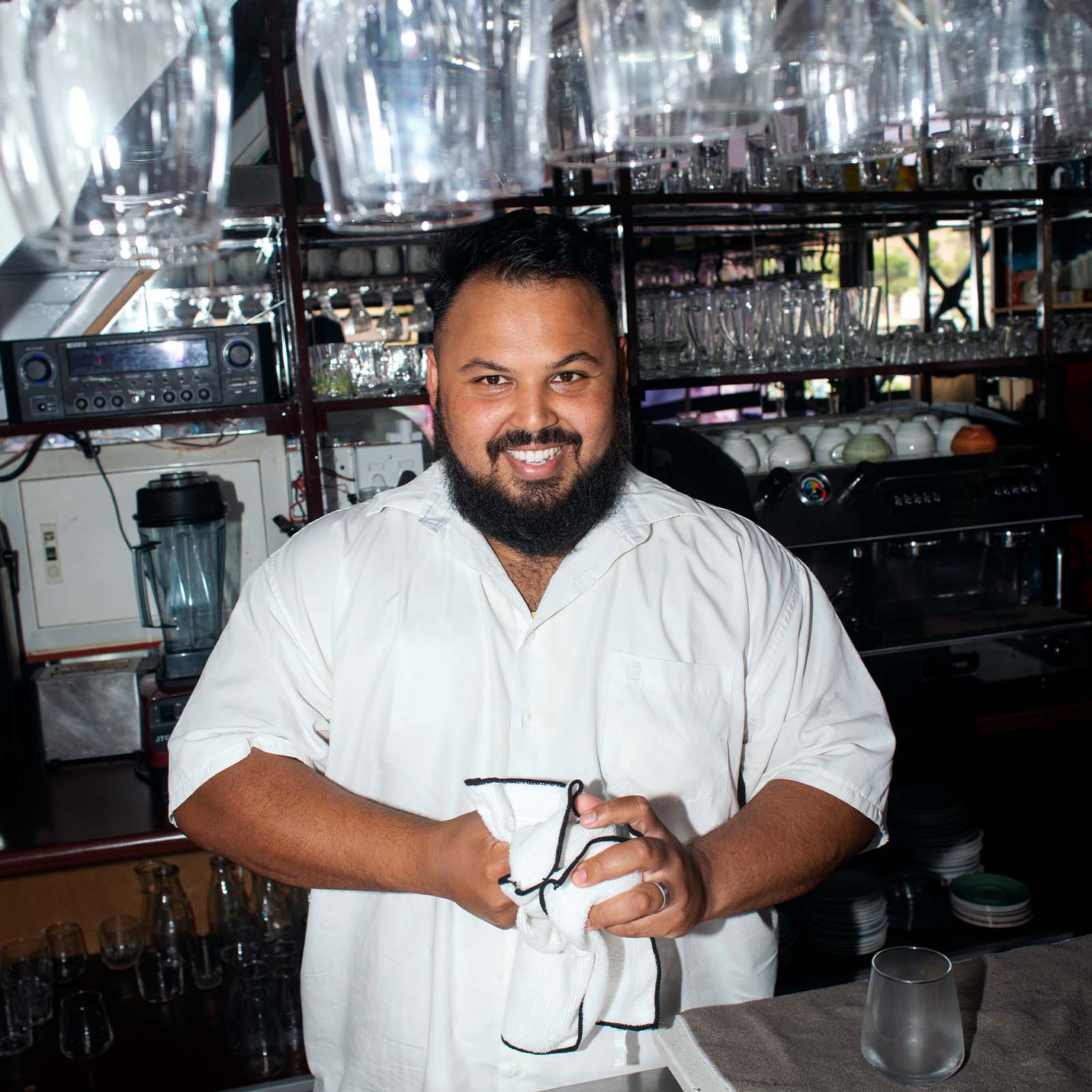
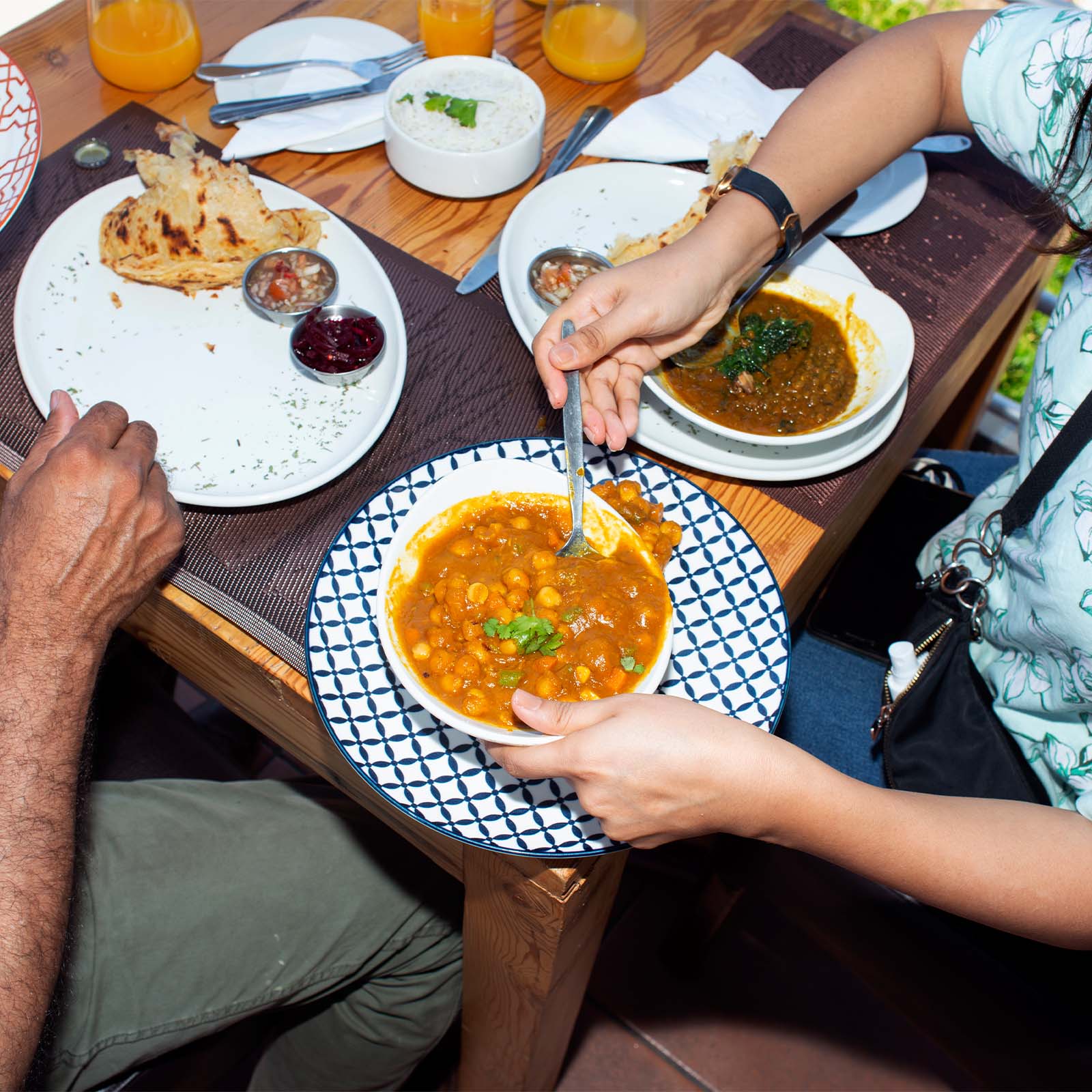
• Biesmiellah, Cape Town, South Africa
Run by the Osman family in the historic Malay Quarter, this restaurant serves dishes including tomato bredie (lamb cooked in a sweet-sour sauce), pienang (cubed beef with tangy curry and crispy fried potatoes) and koeksisters (sugar-spiced donuts).
• Bo Kaap Kombuis, Cape Town, South Africa
Kombuis means ‘kitchen’ in Afrikaans, and this is a family-run restaurant overlooking Table Mountain. It's famous for its traditional Cape-Malay dishes like denning chicken, butter bean lamb curry and malva pudding.
5. Cali Korean-Mexican
Roy Choi is the Korean-American chef most associated with bringing the LA-inflected third-culture synthesis of Korean and Mexican cuisines to the world. His fleet of Kogi Korean BBQ trucks launched in 2008 and were among the first to utilize the viral power of social media.
Roy's Korean-Mexican tacos went on to inspire other diasporic chefs around the world – who typically combine ingredients like carne asada with kimchi, Mexican corn tortillas with bulgogi marinated meats and stuff salsa-laden burritos with spicy galbi short ribs and gochujang Korean red chilli paste.
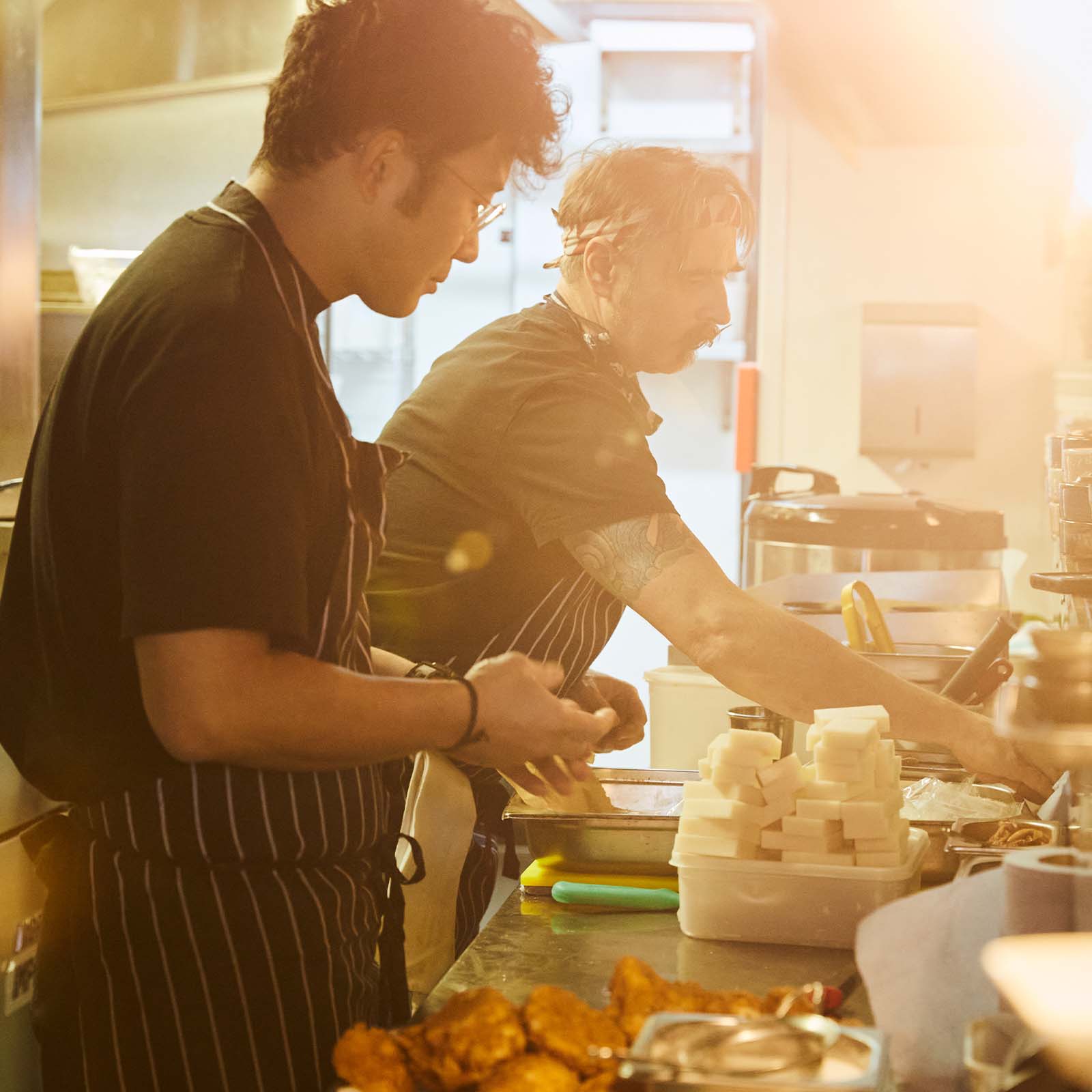
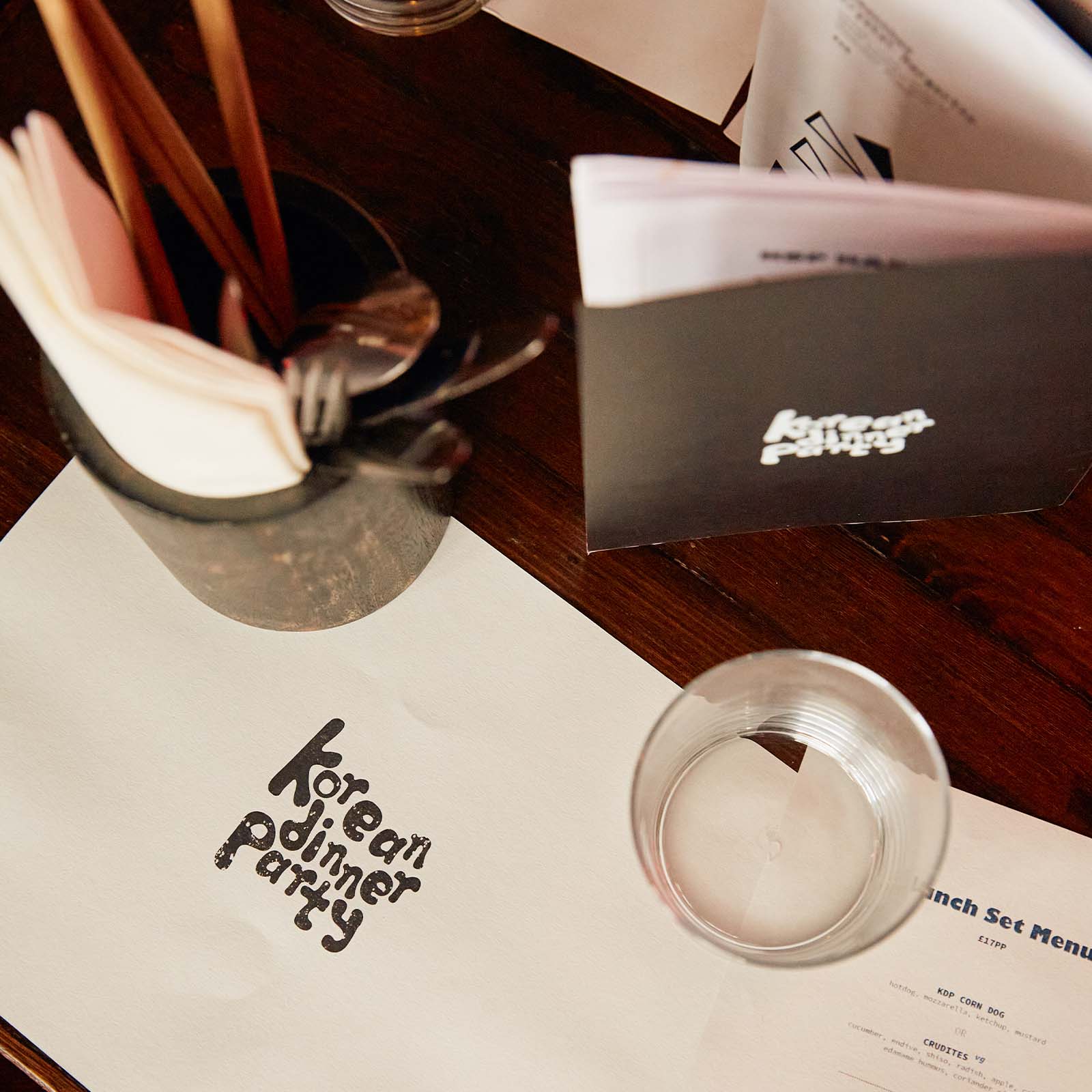

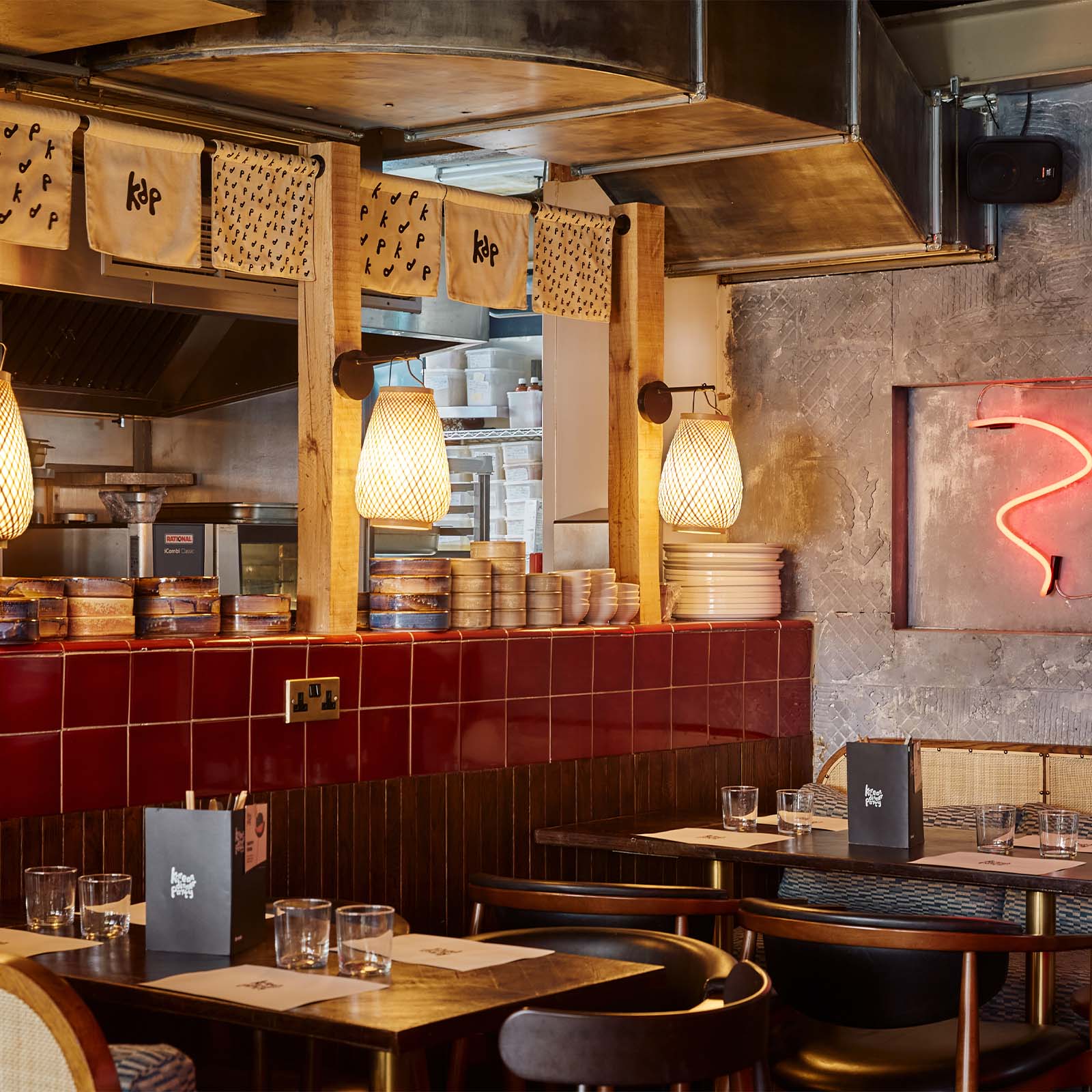
• Korean Dinner Party, London, UK
Located in Soho's Kingly Court, this restaurant mixes LA-style Korean tacos – like Korean fried cauliflower with chilli relish and cheese ranch – with craft saké, kitsch cocktails and a loud Korean hip-hop playlist.
• Seoul on Sixth, Los Angeles, US
This food truck in Westlake was founded by Korean-American Jon Kim, whose Latino-influenced upbringing inspired his ‘tacos Koreanos’. Fillings include eight-hour brisket ‘barbakorea’ and rib-eye bulgogi asada with brown sugar and soy – always with a layer of crispy cheese.
This article was first published in Courier issue 46, April/May 2022. To purchase the issue or become a subscriber, head to our webshop.
